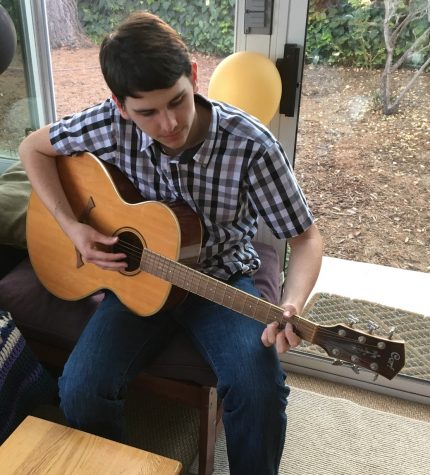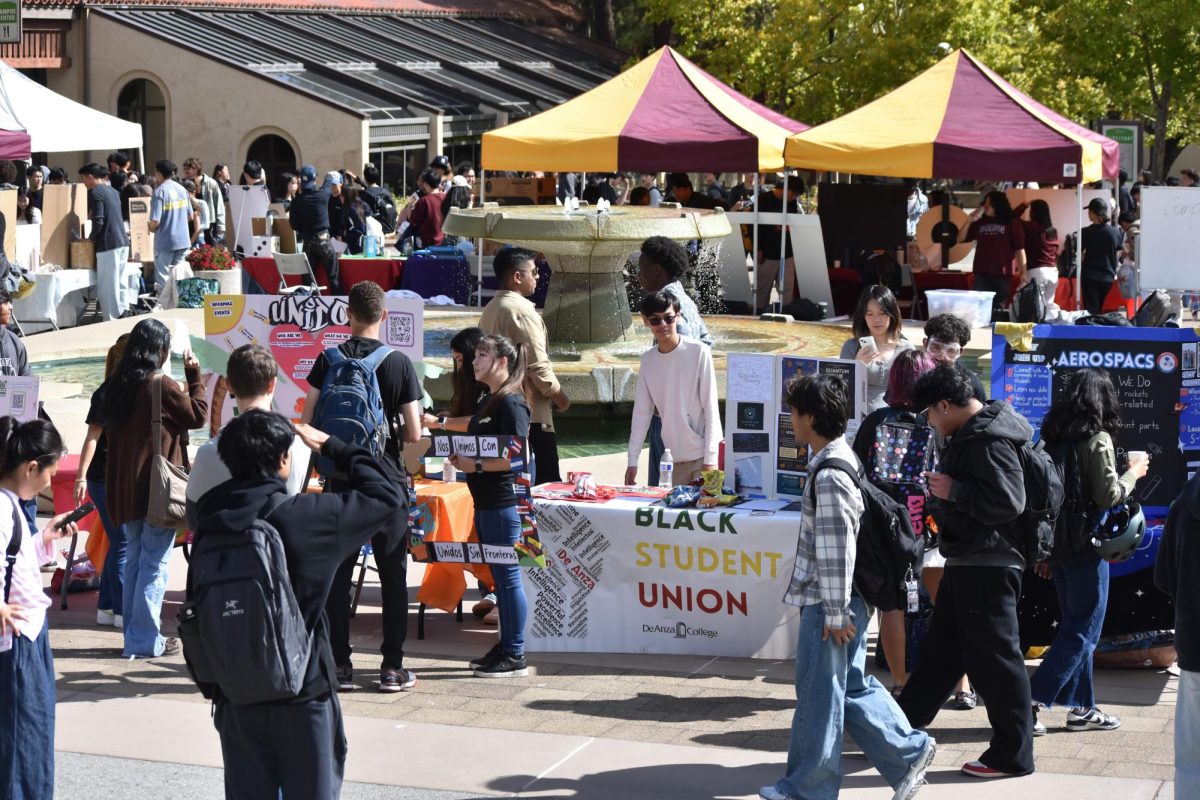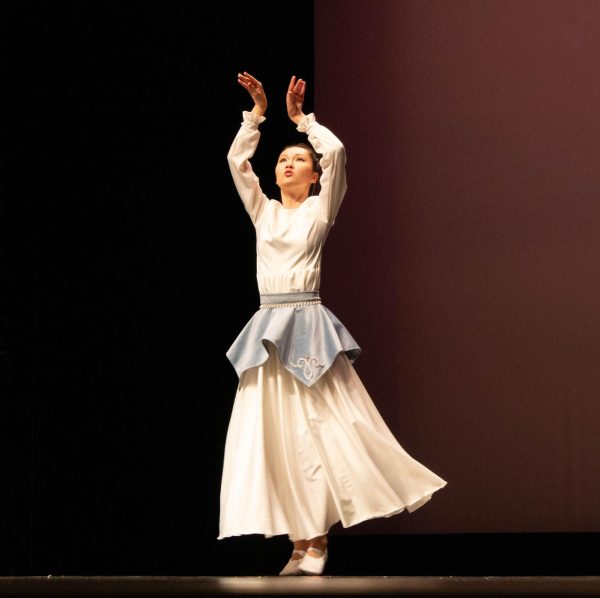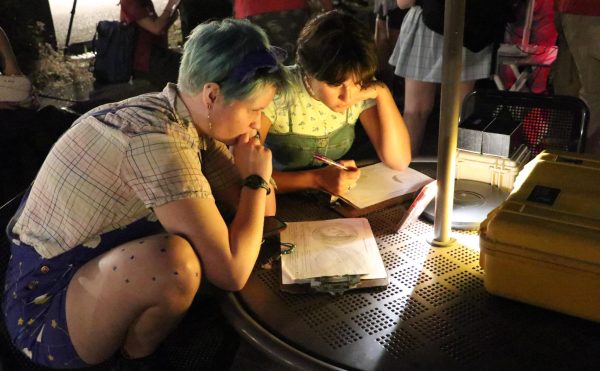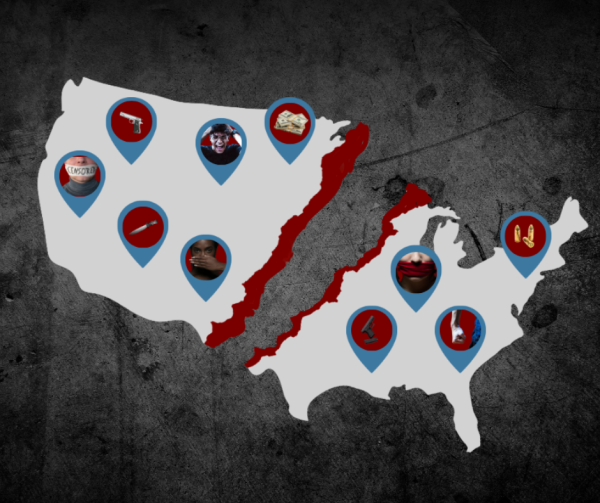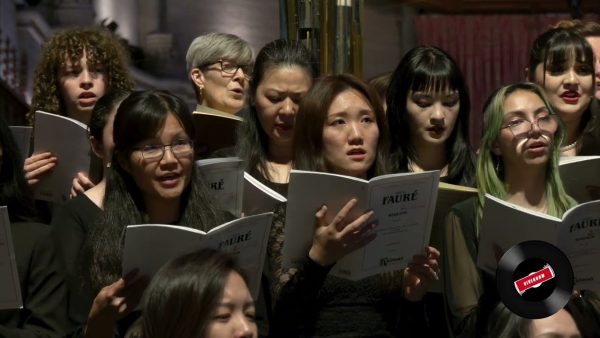De Anza California History Center director inspired by history, community
June 17, 2019
Tom Izu, executive director of De Anza’s California History Center, reminisces about Audrey Butcher, a grammar teacher during World War II, on the “Day of Remembrance” at De Anza College.
Izu described how this “elderly white woman” narrated the story about the disappearance of her Japanese-American students who were taken to internment camps.
After Butcher’s passing, her family gave $1 million to the California History Center, founding the Audrey Edna Butcher Civil Liberties Education Initiative. This helped fund the civil liberties education Izu later pursued as executive director and plans to continue the support after retirement.
Izu grew up in Sunnyvale and graduated from UC Santa Cruz. He returned to Japantown in San Jose where his grandparents lived after graduation. Using his experience as a community activist, he began work as the executive director of the Yu-Ai Kai Japanese American Community Senior Service San Jose.
Izu said he found the work rewarding, although he later realized he earned minimum wages at that time.
Izu also worked as an administrator for the Cannery Workers Organizing Project raising funds, writing grants and keeping the organization running efficiently.
“Even though I was not a labor organizer, I could see how I was helping,” Izu said. “These people were actually doing very important things.”
After serving as assistant director to Kathi Peregrin, Izu became executive director of the California History Center in September 2001.
Dean of De Anza’s Social Sciences and Humanities Division, Carolyn Wilkins-Greene, who has overseen Izu’s work at the history center since 2002, said Izu worked with an assistant director and several other employees in the beginning, but he made do with minimal staff for most of his career due to budget cuts.
Wilkins-Greene said she finds Izu’s wry sense of humor one of his most enduring characteristics, and that his willingness to say, “the unusual” reflects his intelligence.
“We have sat in meetings in my office and he has said something and I just go into fits of laughter,” Wilkins-Greened said. “And he looks at me like, ‘What’s so funny?’”
Izu said the California History Center’s budget constraints motivated him to retire. The California History Center operates as a nonprofit organization separate from De Anza, and Izu said the Butcher family’s gift has kept the center running.
“I think the history center can raise more money,” Izu said. “But it’s going to be pretty limited.”
Izu said he hopes to continue working for the California History Center as a part-time employee, volunteer or both.
Izu said he is currently looking for funds for an augmented reality project in San Jose’s Japantown, which will lay artistic designs over modern Japantown through smartphones, reflecting the history of Filipino-American, Chinese-American and Japanese-American communities in the area.
Izu said he hopes this project reaches everyone, “people who would not otherwise go into a museum.”
Lisa Christiansen, librarian and archivist at the California History Center, said she hopes Izu can work with the center until a replacement is found, although financial constraints make it difficult.
Wilkins-Greene said she hopes Izu’s limited continued involvement will keep the history center from slowing down.
“Limited for Tom is not ‘limited’ limited,” Wilkins-Greene said.



